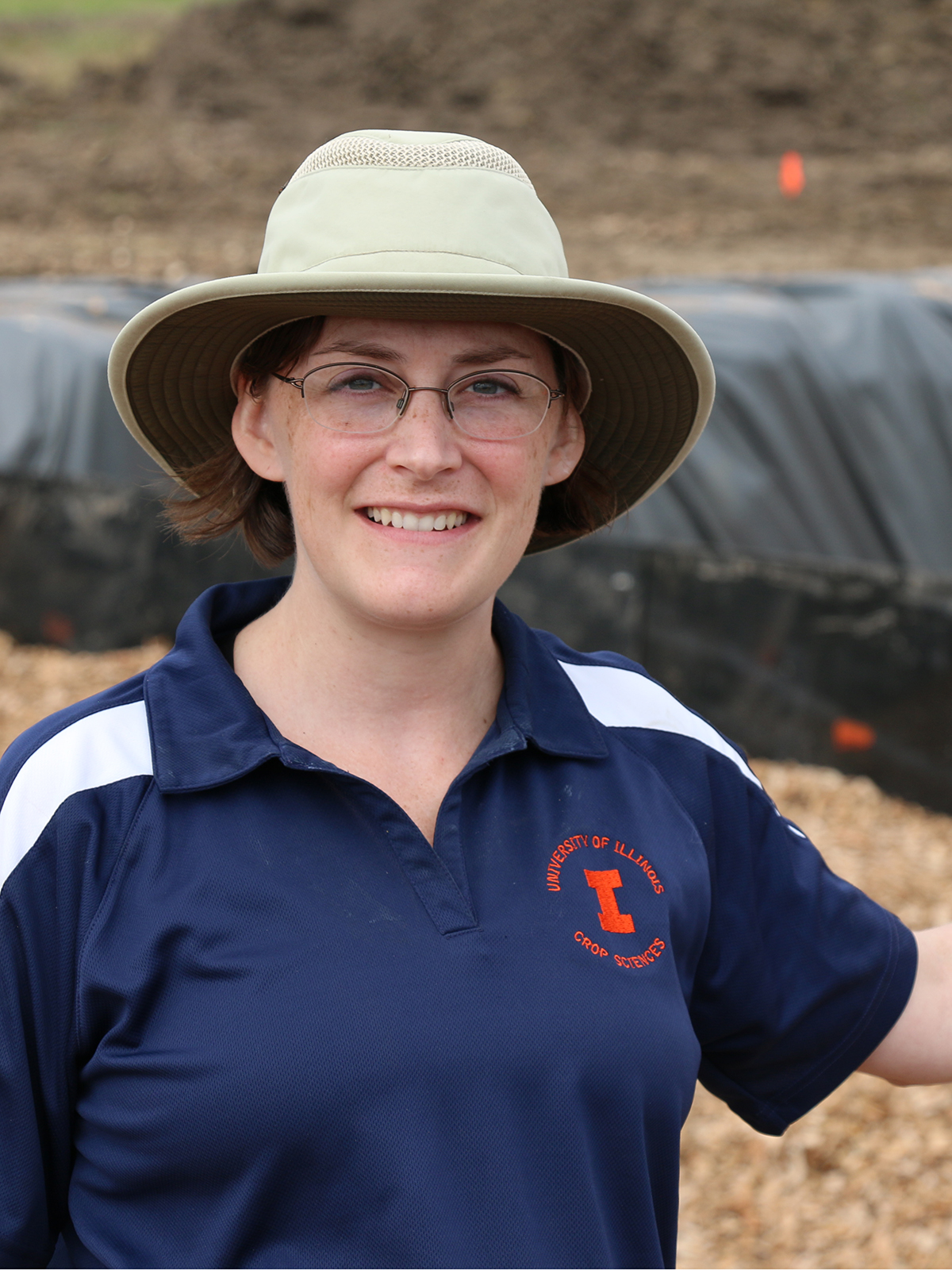Result for: Crops: Canola Corn for grain Corn for silage Cotton Hay Potato Rice Ryegrass Sorghum Soybeans Sugar beets Sugarcane Winter wheat Wheat 4R Practices: Metadata Project
A “MANAGE”ed Approach to 4R Nutrient Stewardship on Drained Land

Dr. Laura Christianson
Lead Researcher:
Dr. Laura Christianson
Assistant Professor
University of Illinois
Start Date: 2014
End Date: 2015
Matching Funds
- Texas State Soil and Water Conservation Resource Board
Project Summary
As agriculture in the 21st century is faced with increasing pressure to reduce negative environmental impacts while continuing to efficiently produce food, fiber, and fuel, it becomes ever more important to reflect upon more than half a century of drainage water quality research to identify future paths towards increased sustainability. This work provided a quantitative review of the water quality and crop yield impacts of artificially drained agronomic systems across North America by compiling data from drainage nutrient studies into the “Measured Annual Nutrient loads from Agricultural Environments” (MANAGE) database. Of the nearly 400 studies reviewed, 91 individual journal publications and 1279 site-years were included in the new MANAGE Drain Load table with data from 1961 to 2012.
Annual Reports
2015
Publications
- Harmel, D. R., Christianson, L. E., McBroom, M. W., Smith, D. R., & Higgs, K. D. (2016). Expansion of the MANAGE database with forest and drainage studies. JAWRA Journal of the American Water Resources Association, 52(5), 1275-1279. Read More
- Christianson, L. E., Harmel, R. D., Smith, D., Williams, M. R., & King, K. (2016). Assessment and synthesis of 50 years of published drainage phosphorus losses. Journal of environmental quality, 45(5), 1467-1477. Read More
- Christianson, L.E., Harmel R.D. (2015) The MANAGE Drain Load database: Review and compilation of more than fifty years of drainage nutrient studies. Ag. Wat. Man. 159:277-289. Read More
- Christianson, L. E., & Harmel, R. D. (2015). 4R Water quality impacts: An assessment and synthesis of forty years of drainage nitrogen losses. Journal of environmental quality, 44(6), 1852-1860. Read More

